Discover the wide range of single malt scotch whisky, here is the top 10 world's most awarded single whisky ever.
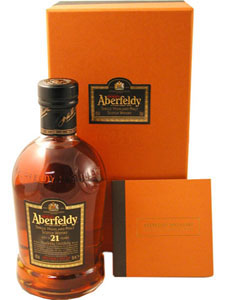
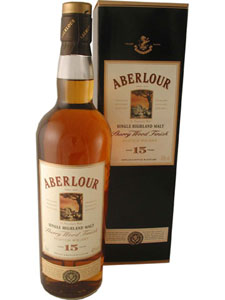
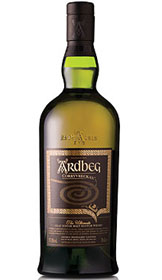
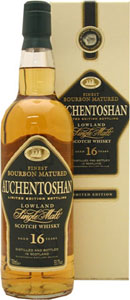
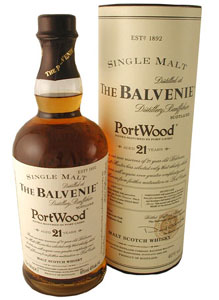
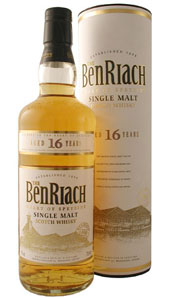
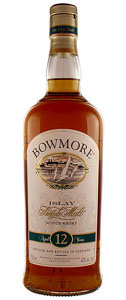
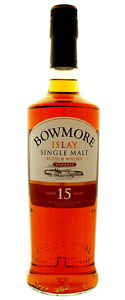
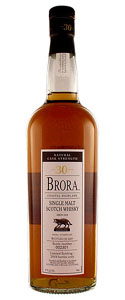
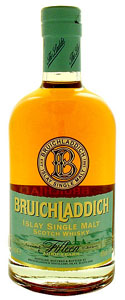
More other news about vitamin c foods
1. Aberfeldy 21

Region: Highland
Nose: Fresh and fragrant, with subtle notes of vanilla, sweet oak, some tannin and a light smokiness.
Palate: Flavorful, with lively oaky notes, loads of salty caramel, bit of licorice.
Finish: Nicely dry, a bit spicy, medium length and warming.
2. Aberlour 15

Region: Speyside
Nose: Floral perfume, spicy orange and marmalade.
Palate: Rich and vanilla, malty, woody sweetness with apricot flavours, toffee and sherry notes.
Finish: Malty, mellow, with a certain spiciness and a touch of mint.
3. Ardbeg - Corryvreckan

Region: Islay
Nose: Floral, citrus, orange, orange peel, dried fruits, currants, vanilla, peaty, woody, maritime, sea spray, salt air.
Palate: Dark fruits, dark chocolate, dry, brut, clover, malt, oak, cedar, peat, smoky, maritime, savory.
Finish: Spicy, peppery, oak, toffee, almond, butter, briny, smoke, smooth, long.
4. Auchentoshan
16 year old, Limited Edition

Region: Lowland
Nose: Soft essence of vanilla, touch of honeyed caramel, some bourbon-like oak.
Palate: Perfectly smooth, woody, with hints of creamy vanilla, and a hint of tangerine.
Finish: Rich, medium length, vanilla, citrus and almond, some caramel.
5. The Balvenie
PortWood, 21 year old

Region: Speyside
Nose: Big and bold, tropical fruit, honey, banana taffy, some spice, faint oak, smooth and fragrant.
Palate: Smooth and balanced, honey, orange marmalade, toast, vanilla, oaky notes, with lots of tannins.
Finish: Long and smooth, peppery.
6. BenRiach 16

Region: Speyside
Nose: Hazelnuts, dark honey, marzipan and malt.
Palate: Smokey with hints of malt, spices, honey and caramel, subtle fruit.
Finish: Rum-like, with a touch of smoke and peat.
7. Bowmore 12

Region: Islay
Nose: Very coastal with some brine, pleasantly smoky, medium-peaty, and notes of passion fruits, lemon, oranges and mangos.
Palate: Firm, floral, soft fruits, with notes of cocoa and peat.
Finish: Briefly intense, good peat, some light smoke, vanilla fudge, and notes of candied oranges.
8. Bowmore Darkest

Nose: Oaky, Oloroso sherry, peat smoke, rich, dark chocolate aromas, raisins and caramel.
Palate: Mouth-coating, rich and syrupy, with old Sherry, bitter chocolate, sweet toffee, and a hint of smoke.
Finish: Sweet with some smoke lingering in the long, robust finish.
9. Brora
30 year old, Cask Strength

Region: Highland
Nose: Lots of peat, new leather, fruity, oaky and musty.
Palate: Pepper, dried fruits, peat, sweet notes hints of ripe bananas, some grassiness, salty.
Finish: Beautifully balanced, long and flavorful, typically coastal, floral, peat, marzipan, leather, licorice and oak.
10. Bruichladdich 15

Region: Islay
Nose: Fresh coastal sea air, some oak, vanilla, nuts, honey and a touch of brine.
Palate: Creamy and sweet, brine develops considerably, then notes of malt and pepper.
Finish: Long, gentle, flavorful, and slightly oily.














